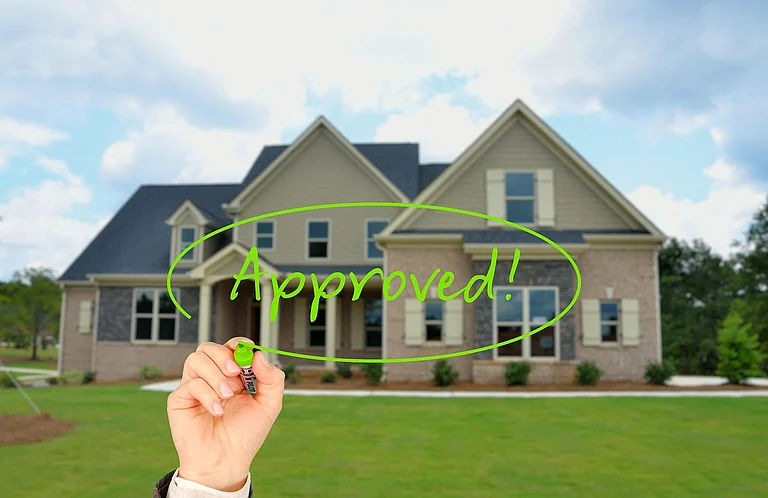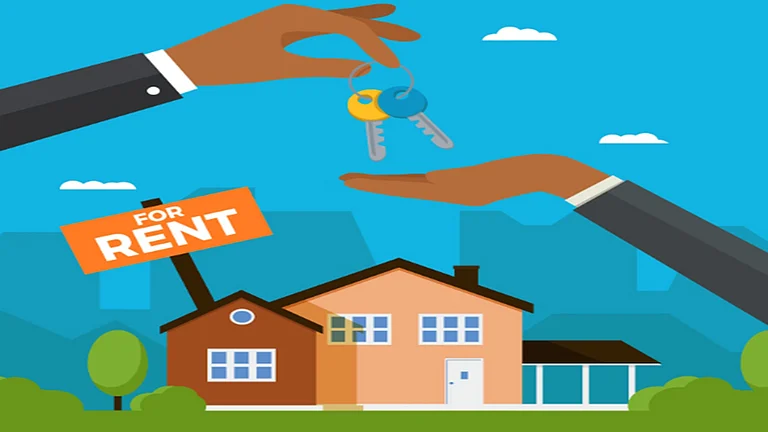Rental Valuation Method: Understanding rental yield has become a critical factor for investors looking to maximise returns in India's real estate market. It provides a benchmark for comparing locations and estimating steady rental income, two priorities for anyone eyeing a smart property investment.
The rental income generated by real estate remains an important motivation for purchasing it. It is common for rental values to rise in areas with strong infrastructure development and high tenant demand. Assessing a home's rental value accurately is crucial to generating income, long-term investment planning, and avoiding losses.
What Is Rental Value?
The rental value consists of the approximate monthly or annual yield a property can generate in an open market. It factors in size, location, amenities, and demand. In legal terms, rent is sometimes pegged as "standard rent" under the Rent Control Act.
Sunny Katyal, Co-Founder, Investors Clinic, says, "Determining a property's rental value is a calculated mix of factors. Location and accessibility play a role because properties that are close to commercial centres, schools, and transport terminals are in greater demand and command higher rentals.
Why Rental Valuation Matters
Pricing a property accurately has an impact on profitability and occupancy. Set it too high and tenants walk. Too low, and landlords lose out. Calculating rental value also includes overhead costs, renovations, brokerage fees, EMIs, and maintenance during the vacancy period. Investors should review rents frequently to ensure the return is competitive.
Viren Mehta - Founder & Director of ElitePro Infra, "Rental valuation takes into account the prevailing demand-supply scenario in the micro-market, age and condition of the property, connectivity, amenities, and comparable transactions in the locality. Additionally, in commercial properties, foot traffic, anchor tenants, and lease length are also important factors."
Factors That Influence Rental Value
Location: Proximity to schools, hospitals, offices, and transit hubs significantly affects rental demand and pricing. Business districts and well-connected neighbourhoods often command premium rents.
Infrastructure: Projects like new metro lines, highways, or commercial spots can boost connectivity and attract tenants, increasing property rental values.
Supply and Demand: For high-demand areas with limited supply, rentals are usually high owing to the basic nature of demand and supply. In oversaturated markets, landlords may need to cut prices to remain competitive.
Property Features: Buying a house in a gated society with amenities like a pool or gym is highly desirable. Pricing is also influenced by layout, furnishings (furnished versus semi-furnished), and maintenance.
Condition and Upgrades: A renovated kitchen, smart appliances, or sustainable upgrades like solar panels allow landlords to charge a higher rent.
Ankit Kansal, MD, Axon Developers, says: "To find the rental value of a property, owners would begin by valuing the property in today's market condition. They can evaluate a few similar properties in the given location to arrive at a definite property value. Also, do consider prominent developments nearby, such as metro lines, flyovers, highways, business parks, airports, etc. Such developments can positively influence the property values. Furnishing, amenities, demand-supply balance, and maintenance charges also come into play. Further to this, identify the prevailing monthly rental rates for similar properties at the location. In the final step, find the gross annual rent value by multiplying by 12 and dividing this by the property market value to come to the rental yield.
How to Estimate the Rental Value of a Property
Check Local Prices: Start by looking online and in local newspaper classifieds for nearby properties. If you find a mismatch between your rate and the market average to be large enough, tenants will simply go elsewhere.
Know the Market: It is advisable to keep track of what the average rental rates, vacancy rates and demand are in the neighbourhood. Additionally, economic factors such as job growth, population movements or life with brand-new infrastructure also play a role in rental value.
Assess Your Property: Keep in mind that the size, layout, number of bedrooms, parking availability, and whether it is part of a stand-alone building or a gated community can all affect pricing. Clean properties with upgraded amenities command top rents.
Consider Neighbourhood Services: Proximity to schools, public transportation, stores and health services are amongst important factors. On the other hand, stalled construction projects or other local infrastructure problems can drive down rental rates.
Calculate Rental Yield: This helps determine the return on investment.
Gross Rental Yield
This is calculated without considering expenses:
Formula:
(Annual Rent / Property Value) × 100
Net Rental Yield
This accounts for expenses like maintenance, taxes, and insurance:
Formula:
(Annual Rent – Annual Expenses) / Property Value) × 100
















